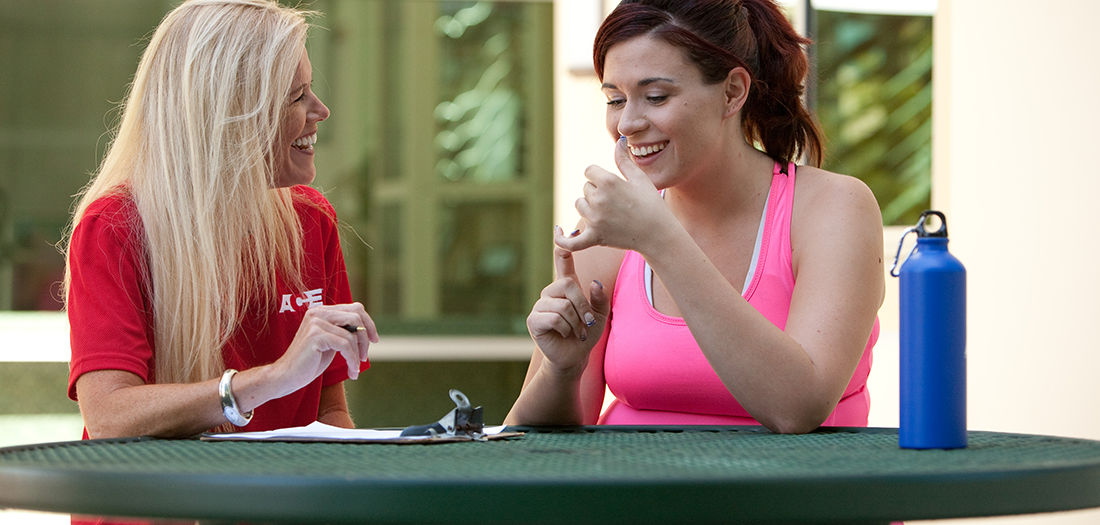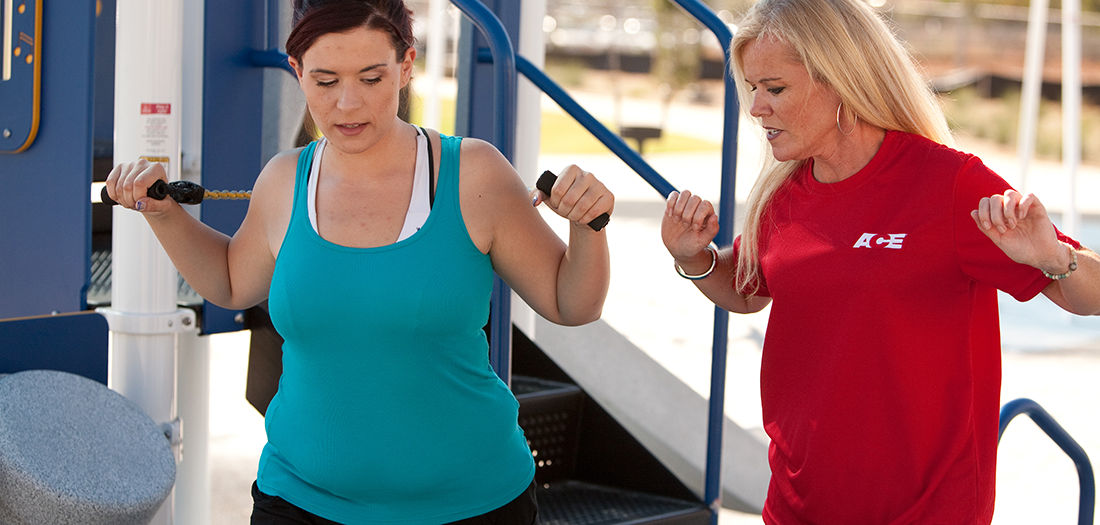As health and fitness professionals, we often encounter this situation: a client loses weight only to gain it back again. Ideally, lapses and relapses would never occur. Clients would lose weight, and shift confidently into maintenance mode, with new, well-established behaviors and new modes of thinking to support those healthy choices. But we—and our clients—don’t live in an ideal world. The reality is that lapses and relapses are extremely common, and can be deeply troubling, frustrating and upsetting for clients.
There are many situations that can cause a relapse. Life events—whether planned or unexpected, welcome or difficult—pose challenges to healthy routines and habits. The stress of a job change, a divorce or separation, financial worries, or issues within families and relationships can drive clients back to old, unhealthy eating patterns. Illness or injury can interrupt exercise and activity routines. Travel removes clients from their everyday environment, and can usher in a “vacation mode” mentality that suspends healthy choices. Holidays can bring about a similar interruption to routine. For some clients, a relapse may occur, not in the wake of a specific life event, but as a result of motivation challenges or boredom with the “same-old” routine.
How can we help our clients prevent lapses and relapses from occurring?
First, let’s look briefly at the differences between lapses and relapses. A lapse is a brief and minor slip-up in a client’s weight-loss efforts. Typically, lapses involve overeating during one or two meals. If a single or occasional lapse is ignored and turns into a series of recurrent lapses, that can turn into a relapse. A relapse is a return in eating and activity behaviors that caused the individual to gain weight in the first place.
Our goal as health and fitness professionals is to help guide clients through the frustration of relapse and into a renewed commitment to their healthy eating and activity behaviors. Here are four steps to guide you through that process:
Ask guiding, open-ended questions

Relapses are discouraging for clients; they also can be confusing and leave clients feeling overwhelmed and uncertain about what went wrong. Your approach can help clients identify the situations or triggers that prompted their lapse or relapse. Asking, “Was anything different in your life in the days before your lapse?” is likely to prompt a vague, demoralized “I don’t know.” Instead, ask questions that encourage clients to revisit and talk about the circumstances, thoughts, and feelings that preceded the relapse. For example, “What were you doing that morning? How were you feeling before you noticed yourself slipping?”
Practice active listening
You’ve asked the question, now it’s time to focus and listen—really listen—to your client’s answer. To listen actively, give your full attention as your client shares his or her thoughts, then repeat back to your client what you heard. This is how you and your client can feel confident that you understand. When restating your client’s answer, include the information he or she shares as well as any sense you develop of his or her feelings. For example, “I hear that you became very busy at work, lost sleep and it sounds as though you felt worn down and anxious.” Give your client the opportunity to clarify his or her response after hearing from you, before moving on to another question. Active listening employs empathy and eliminates judgment.
Focus on learning from the relapse

It is important to acknowledge and make space for the frustration and disappointment clients may feel in the wake of a lapse or a relapse, feelings that are often painful. Using open-ended questions and active listening, you can help clients process and move beyond their painful emotions and find valuable lessons in their experiences. Work with clients to identify triggers, express new goals, locate resources and support, reconnect with their motivation, and highlight any potential obstacles to the healthy behaviors they seek. Help your clients put together action plans that are based on SMART goals—specific, measurable, attainable, realistic, timed—and include specific steps to address triggers, obstacles and lapses before they lead to relapse.
Finally, offer support
Give generously to your clients your confidence and belief in the plan they’ve created, in their ability to meet their goals and to work through lapses and relapses when they occur.




 by
by 






 by
by